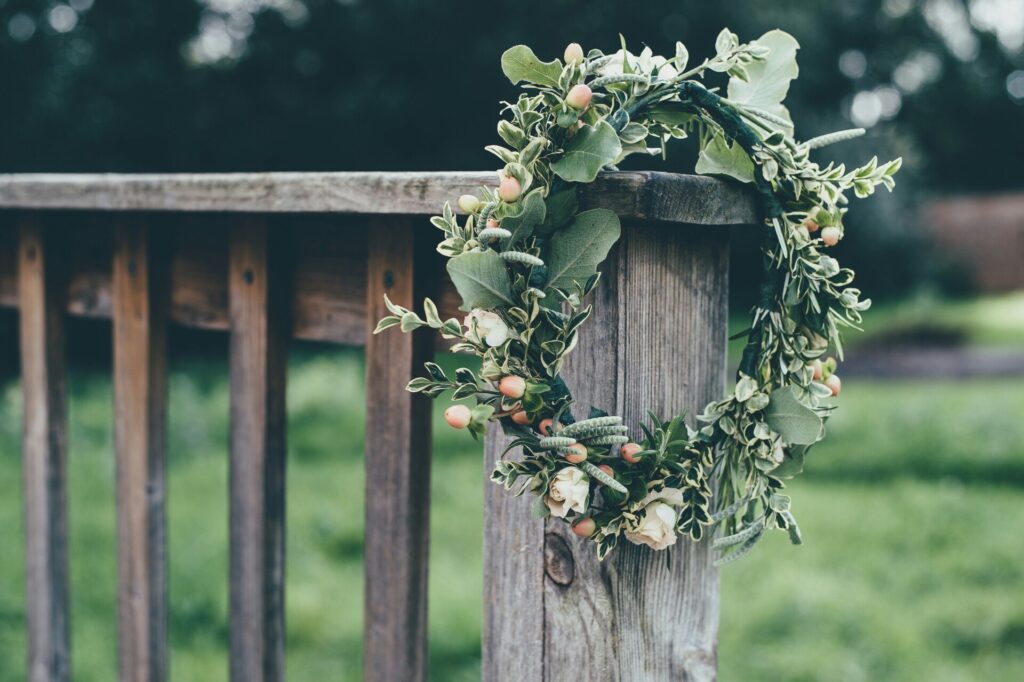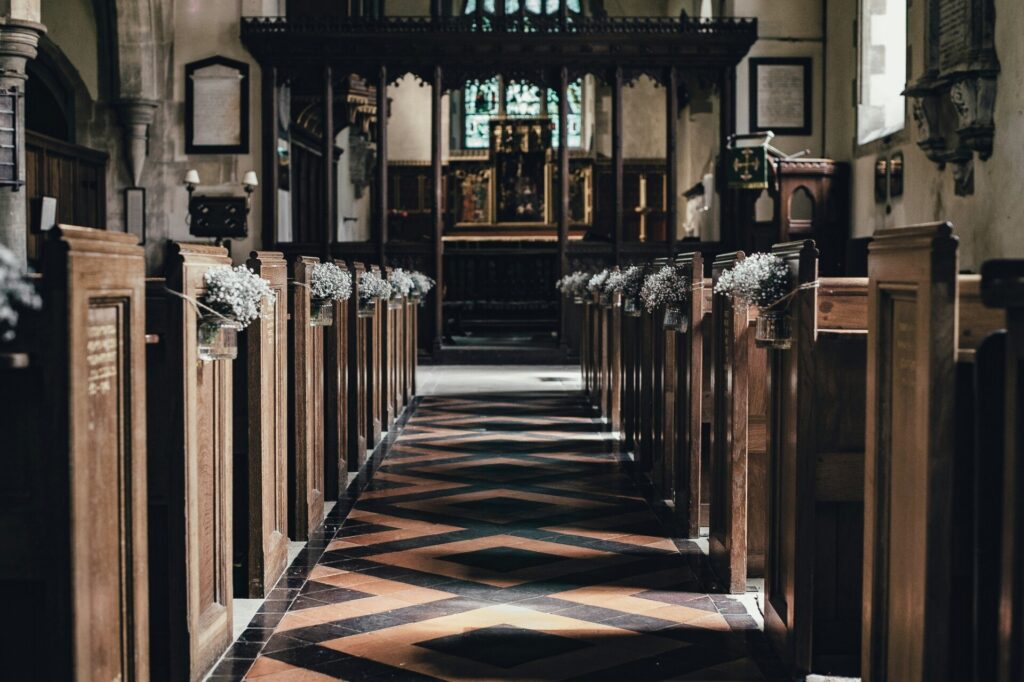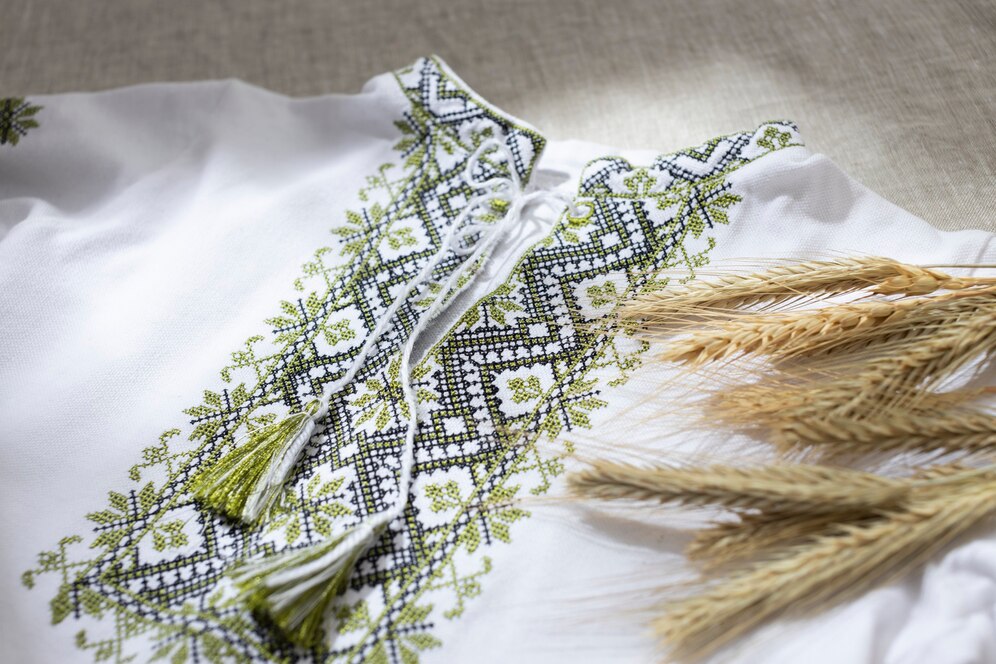Ukraine boasts a rich and diverse cultural heritage that has been shaped by centuries of history, traditions, and influences from neighboring nations. Its traditional cultural heritage is deeply rooted in folklore, music, dance, crafts, and customs that continue to be cherished and passed down through generations. From intricate embroidery and vibrant festivals to soulful folk songs and delicious cuisine, Ukraine’s traditions reflect the resilience and creativity of its people.
One of the most iconic aspects of Ukrainian heritage is its traditional Vyshyvanka beautifully embroidered clothing that carries symbolic meanings and varies by region. Each pattern tells a story, representing protection, love, and prosperity. Another remarkable tradition is Pysanka, the art of decorating Easter eggs with intricate designs, a practice dating back thousands of years.
Ukrainian culture is also alive in its festivals, such as Malanka (New Year’s Eve celebrations) and Kupala Night, which features fire jumping and floral wreath rituals. These events highlight the country’s strong connection to nature and ancient Slavic traditions. From the haunting melodies of bandura music to the lively Hopak dance, Ukraine’s cultural heritage is a living testament to its national identity. Whether through arts, customs, or storytelling, these traditions continue to inspire and unite people both in Ukraine and across the world.
Forests of the Carpathians
The Carpathian Mountains stretch across western Ukraine, harboring some of the country’s most pristine and diverse forests. These woodlands are not just vast expanses of trees; they are living museums preserving centuries old traditions and biodiversity. Walking through the Forests of the Carpathians, you can feel the whispers of ancient folklore carried by the wind through towering pines and birches.
These forests are home to an array of wildlife, including lynxes, wolves, and the elusive Carpathian bear. The rich flora includes rare orchids and medicinal herbs, making the Carpathians a treasure trove for botanists and nature enthusiasts alike. Local communities have long coexisted with these forests, maintaining sustainable practices that honor the natural world while supporting their livelihoods.
The Carpathians also feature numerous UNESCO World Heritage Sites, such as the Primeval Beech Forests. These sites highlight the ecological significance of the region and the efforts to preserve its natural beauty. Hiking trails weave through the mountains, offering breathtaking views and opportunities to experience the harmonious blend of nature and culture that defines the Carpathian region.

Saint Sophia Cathedral
Nestled in the heart of Kyiv, Saint Sophia Cathedral stands as a testament to Ukraine’s rich architectural and spiritual heritage. This magnificent structure dates back to the 11th century and has been a central place of worship and community gathering for generations. Its intricate mosaics and frescoes depict biblical scenes and historical events, showcasing the artistic prowess of the craftsmen who built it.
Saint Sophia Cathedral is not only a place of worship but also a symbol of Ukrainian resilience and identity. Throughout its history, the cathedral has endured numerous challenges, including invasions and political changes, yet it remains a beacon of faith and hope for the people of Ukraine. Visitors to the cathedral are often moved by its serene atmosphere and the sense of continuity it provides.
The cathedral complex includes beautiful gardens and additional buildings, each contributing to the site’s overall harmony and significance. UNESCO recognizes Saint Sophia Cathedral as a masterpiece of Byzantine architecture, highlighting its importance not just to Ukraine but to the world’s cultural heritage. Whether you’re an architecture enthusiast or a spiritual seeker, Saint Sophia Cathedral offers a profound and inspiring experience.
Bukovinian and Dalmatian Metropolitans
The regions of Bukovina and Dalmatia in Ukraine are renowned for their distinct cultural and religious heritage, particularly embodied by the role of metropolitans. These leaders have historically played a crucial role in shaping the spiritual and cultural landscape of their communities. The architecture, art, and traditions of these regions reflect a unique blend of Eastern Orthodox and local influences.
In Bukovina, the metropolitans have been instrumental in preserving the region’s Orthodox Christian traditions amidst diverse cultural influences. The churches and monasteries under their guidance feature stunning frescoes and iconography that tell stories of faith and perseverance. These structures not only serve as places of worship but also as repositories of the region’s history and artistic achievements.
Dalmatia, another culturally rich region, showcases the metropolitans’ influence through its vibrant liturgical practices and community-oriented approach. The integration of local customs with religious ceremonies creates a unique spiritual experience that resonates deeply with both residents and visitors. The metropolitans of Bukovina and Dalmatia have fostered a sense of unity and continuity, ensuring that their cultural and religious heritage remains vibrant and relevant in today’s world.

Wooden Churches of the Carpathian Region
The Wooden Churches of the Carpathian Region are architectural marvels that highlight Ukraine’s rich tradition of woodcraft and religious artistry. These churches, built primarily between the 16th and 19th centuries, showcase intricate wooden carvings and unique building techniques that have been passed down through generations. Each church is a masterpiece, reflecting the local craftsmanship and the spiritual devotion of the communities that built them.
These wooden structures are not only places of worship but also cultural landmarks that tell the story of the Carpathian people. The designs often incorporate local motifs and symbols, blending seamlessly with the surrounding natural landscape. The use of wood as the primary material allowed for flexibility and resilience, enabling these churches to withstand the harsh mountain climate while maintaining their beauty and functionality.
Several of these wooden churches have been designated as UNESCO World Heritage Sites, recognizing their outstanding universal value. Visitors can explore these churches to appreciate their architectural intricacies and the serene atmosphere they offer. The Wooden Churches of the Carpathian Region stand as enduring symbols of Ukraine’s cultural heritage, celebrating the harmonious relationship between nature, faith, and artistic expression.
Intangible Cultural Heritage of Ukraine

Ukraine’s intangible cultural heritage encompasses a vibrant array of traditions, languages, and rituals that are integral to the nation’s identity. These living traditions are passed down through generations, ensuring that Ukraine’s cultural legacy remains dynamic and evolving. From folk music and dance to traditional crafts and oral storytelling, the intangible heritage of Ukraine reflects the country’s rich history and diverse influences.
Folk music and dance are particularly prominent, with each region of Ukraine boasting its unique styles and performances. These artistic expressions often celebrate local legends, historical events, and seasonal changes, fostering a deep sense of community and continuity. Traditional crafts, such as embroidery, pottery, and woodcarving, also play a crucial role in preserving Ukraine’s cultural identity. Artisans continue to create beautiful works that honor their ancestors while adapting to contemporary tastes.
Oral storytelling, another vital aspect of Ukraine’s intangible heritage, preserves myths, legends, and historical narratives that offer insights into the nation’s collective memory. These stories are shared through festivals, family gatherings, and educational programs, ensuring that the wisdom and values of the past remain relevant today. The intangible cultural heritage of Ukraine is a testament to the resilience and creativity of its people, celebrating the intangible threads that weave the fabric of Ukrainian society.
Traditional Festivals and Celebrations
Traditional Ukrainian heritage festival and celebrations are essential components of Ukraine’s cultural heritage, bringing communities together to honor their history, beliefs, and seasonal cycles. These events are vibrant displays of music, dance, costume, and cuisine, offering a glimpse into the heart of Ukrainian culture. Each festival has its own unique significance, often rooted in ancient customs and adapted to contemporary life.
One of the most notable festivals is Vyshyvanka Day, where people across Ukraine don traditional embroidered shirts called vyshyvankas. This celebration emphasizes national pride and the beauty of Ukrainian folk art. Additionally, Easter and Christmas are celebrated with distinctive traditions, such as pysanky (decorated eggs) and intricate religious ceremonies, blending spiritual observance with festive activities.
Harvest festivals, known as Kolhospy, mark the end of the agricultural season and celebrate the bounty of the land. These events feature traditional music, dance performances, and communal feasts, highlighting the close relationship between the Ukrainian people and their environment. Traditional festivals and celebrations play a crucial role in maintaining cultural continuity, fostering a strong sense of identity and community among Ukrainians.
Traditional Ukrainian Cuisine

Ukrainian cuisine is a delightful reflection of the country’s agricultural heritage and cultural diversity. Traditional dishes are made with locally sourced ingredients, showcasing the rich flavors and hearty nature of Ukrainian cooking. From savory stews to sweet pastries, the culinary traditions of Ukraine offer a taste experience that is both comforting and exquisite.
Borscht, a vibrant beet soup, is perhaps the most iconic Ukrainian dish. It is often served with sour cream and accompanied by pampushky (garlic bread rolls), creating a harmonious blend of flavors. Another staple is varenyky, also known as pierogi, which are dumplings filled with a variety of ingredients such as potatoes, cheese, or cherries. These versatile dishes are enjoyed by families across generations, each adding their own personal touch.
Traditional Ukrainian bread, known as paska, is a centerpiece of festive meals, especially during Easter. Sweets like honey cake (medivnyk) and poppy seed pastries also hold a special place in Ukrainian culinary traditions. The emphasis on fresh, natural ingredients and time honored recipes ensures that Ukrainian cuisine remains a beloved and integral part of the nation’s cultural heritage.
Traditional Ukrainian Clothing and Embroidery
Traditional Ukrainian clothing, particularly the embroidered garments, are a vibrant expression of the country’s cultural heritage. The intricate patterns and vibrant colors of Ukrainian embroidery, known as vyshyvanka, are not only beautiful but also carry symbolic meanings. Each region of Ukraine has its distinct embroidery styles, reflecting local traditions, beliefs, and natural surroundings.
Vyshyvanka shirts, often adorned with elaborate designs on the sleeves, chest, and collar, are worn during important celebrations and ceremonies. The motifs often include floral patterns, geometric shapes, and symbolic animals, each representing different aspects of Ukrainian folklore and cosmology. These embroidered garments are a source of national pride and are increasingly popular in contemporary fashion, blending tradition with modern styles.
Beyond clothing, traditional embroidery is also featured in household items such as tablecloths, towels, and decorative fabrics. These textiles add color and artistry to everyday life, maintaining the presence of cultural heritage in daily routines. The craftsmanship involved in Ukrainian embroidery is highly regarded, ensuring that these traditions continue to thrive and inspire future generations.
Traditional Ukrainian Music and Dance

Music and dance are integral to Ukraine’s cultural heritage, capturing the spirit and emotions of its people through rhythmic melodies and expressive movements. Traditional Ukrainian music encompasses a wide range of styles, from lively folk tunes to hauntingly beautiful ballads. These musical traditions are often accompanied by dances that tell stories of love, struggle, and celebration.
One of the most recognizable forms of Ukrainian music is the bandura, a stringed instrument that produces a rich, resonant sound. The melodies played on the bandura are both joyful and melancholic, reflecting the diverse experiences of the Ukrainian people. Ensemble performances, featuring a combination of instruments like the kobza and trembita, create a harmonious and captivating auditory experience.
Ukrainian dance is equally diverse, with each region boasting its own unique styles and movements. The hopak, for example, is a dynamic and energetic dance known for its acrobatic leaps and intricate footwork. In contrast, the kolomyjka is a lively folk dance characterized by its quick steps and playful gestures. These dances are often performed during festivals and gatherings, fostering a sense of unity and cultural pride among participants and spectators alike.

